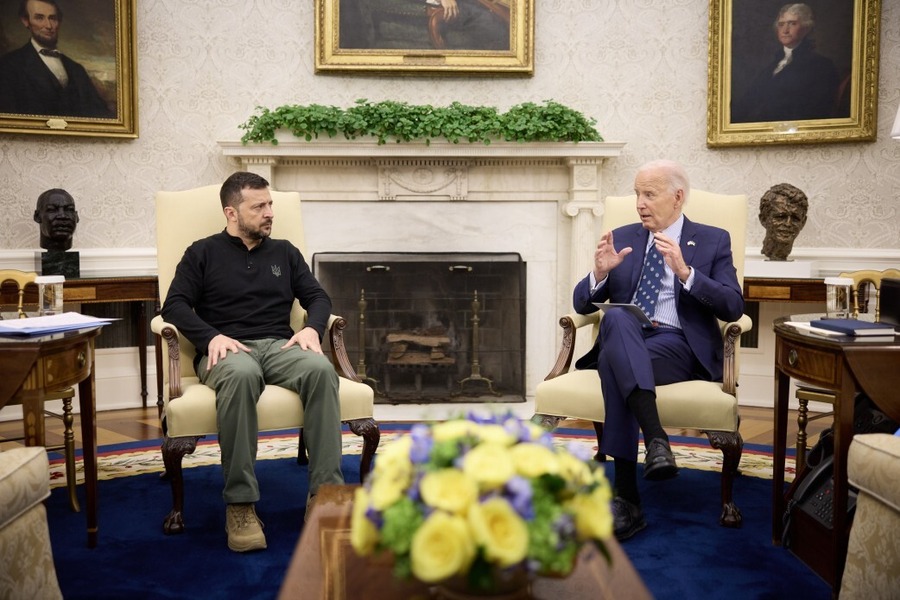Notes on Reading the President's AUMF Proposal
Here are the key policy judgments in the President's AUMF proposal:
"The President is authorized . . . to use the Armed Forces of the United States as the President determines to be necessary and appropriate against ISIL or associated persons or forces. . . ." This is a slightly odd formulation that differs from the typical "all necessary and appropriate force" language we tend to see in use of force authorizations.
Published by The Lawfare Institute
in Cooperation With

Here are the key policy judgments in the President's AUMF proposal:
"The President is authorized . . . to use the Armed Forces of the United States as the President determines to be necessary and appropriate against ISIL or associated persons or forces. . . ." This is a slightly odd formulation that differs from the typical "all necessary and appropriate force" language we tend to see in use of force authorizations. I'm not sure yet if the difference is significant or not. (Having now gone back over some past AUMFs, the formulation is actually quite similar to that in the Iraq AUMF of 2002 and some others. My apologies for the error.)
"The authority granted . . . does not authorize the use of the United States Armed Forces in enduring offensive ground combat operations." This passage is designed to make clear that the authorization would not countenance a major invasion, but the language is designed---as Obama makes clear in his transmittal letter---to "provide the flexibility to conduct ground combat operations in other, more limited circumstances, such as rescue operations involving U.S. or coalition personnel or the use of special operations forces to take military against against ISIL leadership.
The draft authorization includes a three-year sunset provision.
It requires a report to Congress once every six months "on specific actions taken pursuant to this authorization."
It defines "associated persons or forces" as "individuals and organizations fighting for, on behalf of, or alongside ISIL or any other closely-related successor entity in hostilities against the United States or its coalition partners." This, in combination with the associated forces component of the existing 2001 AUMF, would give the administration quite broad authority to target emerging threats, particularly to the extent they affirmatively associate themselves with either ISIL or Al Qaeda.
The draft would repeal the 2002 Iraq AUMF.
It would not, however, sunset or otherwise touch the 2001 AUMF. In his transmittal letter, President Obama notes that "I remain committed to working with the Congress and the American people to refine, and ultimately repeal, the 2001 AUMF." Just not quite yet.
Benjamin Wittes is editor in chief of Lawfare and a Senior Fellow in Governance Studies at the Brookings Institution. He is the author of several books.




.jpg?sfvrsn=8588c21_5)
